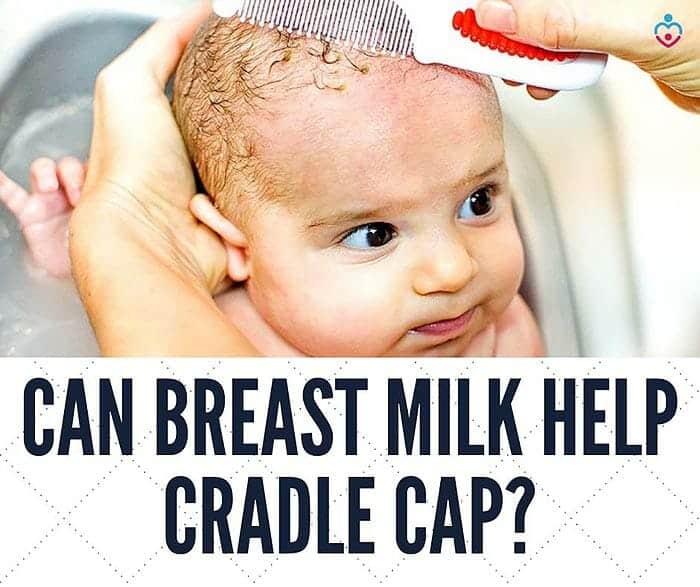
Can Breast Milk Help Cradle Cap? If your baby has a cradle cap, you will want to address it right away as it can stay for a long time without proper treatment. However, it is common in many babies, and it can be kept under control. A surprising treatment of cradle cap involves breastmilk.
Can breast milk help cradle cap?
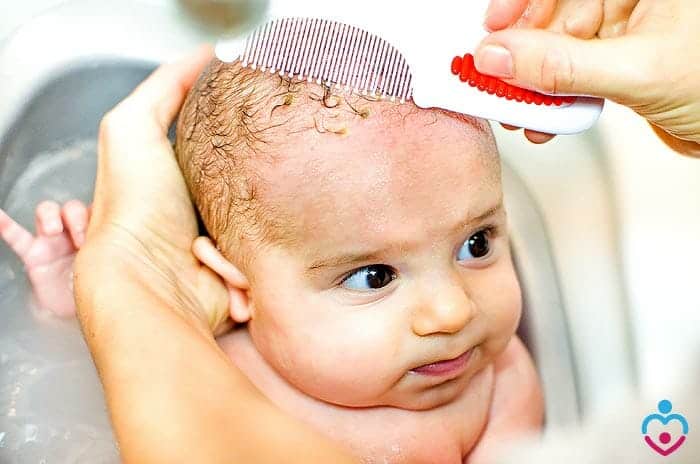
Some mothers claim that rubbing a little breastmilk on the area affected by the cradle cap can help speed up the healing process. Unfortunately, there is no scientific data to back this theory up.
Still, if your baby suffers from the cradle cap condition, you can very well give it a try. As convenient as the breastmilk treatment might seem, it is not always practical, though. So, be ready to talk to your baby's doctor if you don't see any results from this method.
![]()
What is a cradle cap?
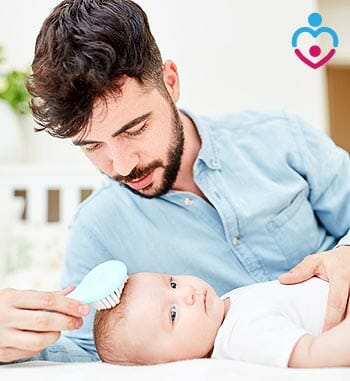
A cradle cap is an inflammation of the skin that can be red or yellow and crusty. This condition often appears on the baby's scalp. Still, it can also develop on their nose, eyebrows, groin, neck, or armpits.
- This skin condition could cause itchiness and left untreated, it will take longer to heal. Babies could also start scratching it, creating wounds and leading to even more severe skin conditions.
- So, if your child has a cradle cap, it will make a big difference to address it right away instead of letting it resolve itself because it will most likely get worse. There are special creams and lotions available on the market for babies that suffer from cradle caps.
- Your doctor will recommend you the best treatment according to your baby's skin type and the severity of this condition. But giving breastmilk treatment a try can also help significantly.
- This is no miracle treatment, so you can't expect fast results, but there is a fair chance it will help your baby get rid of the cradle cap.
![]()
How to use breastmilk to treat cradle cap?
If you decided to try breastmilk to treat your baby's cradle cap, you should know that it is straightforward. But, first, you will need to use freshly pumped breastmilk to ensure it has the maximum nutrients to heal your baby's skin. Here is how you can do that with no hassle!
A) Collect some fresh breastmilk in a container
Pump your breastmilk as you usually do by using a clean container. You will need to save only about five ml to use on your baby's cradle cap, and you can store the rest for future meals. If you nurse your baby without storing breastmilk, for instance, if you are with them all the time, you can just get some breastmilk on your hands and use it in the cradle cap treatment.
![]()
B) Apply it to your baby's affected area
Apply the breastmilk on your baby's cradle cap area slowly and in small quantities. You only need to drop a bit of the breastmilk to gently rub their skin. It is important to not soak their skin with breastmilk as adding more will not make a significant difference. All you need is a thin layer of breastmilk applied on their cradle cap skin to see if it has any effect.
![]()
C) Leave the breastmilk on until it dries
After you rubbed the affected area with breastmilk, allow it a few minutes to dry. As the breastmilk dries on your baby's skin, the skin will absorb the nutrients and the healthy fats in it, and eventually, the excess of breastmilk will dry out. The layer of breastmilk you applied should dry in ten or 20 minutes, depending on the temperature in your room.
![]()
D) Rinse the breastmilk off your baby's skin
Once the breastmilk is dried on your baby's skin, you can rinse it off. Use this occasion to bathe your baby or try to apply the breastmilk treatment right before you bathe them. When you rinse the breastmilk off your baby's skin, use warm but not hot water and the regular shampoo you use to wash them with.
![]()
E) Repeat this process for a few weeks
You might need to be patient to see results from this treatment. Mothers reported faster healing from cradle cap after two to three weeks of using the breastmilk method. For best results, you can use it every time before you bathe your baby.
If the breastmilk method still doesn't give you any satisfying results, it is essential to contact your doctor and follow the treatment they recommend.
![]()
What causes cradle cap?
The reasons why some babies are affected by cradle caps are not so well defined. However, it is believed that this condition is strongly related to the hormones passed from the mother to the baby during pregnancy. These hormones can stimulate sebum production in the baby's oil glands and hair follicles.
- There is also the possibility of an infection that could cause the cradle cap. Your doctor will check this possibility and treat the underline infection to get rid of your baby's cradle cap.
- It is important to note that cradle cap is not contagious and is not caused by poor hygiene. However, hygiene is vital to get rid of this condition.
Suggested Reading:
![]()
What are the symptoms of cradle cap?
Besides the red skin or flaky skin, your baby might experience other symptoms of cradle cap such as itchiness or excessive oiliness of the skin in certain areas.
- Babies tend to scratch their skin a lot, too, which can lead to complications since they have thin skin, to begin with. So even if you make sure that their nails are cut, they will still find a way to get to the itchy side of their head.
- If the patches of affected skin seem to spread over other areas of your baby's skin, it is essential to talk to your doctor rather than trying to treat this condition at home.
![]()
Can you prevent cradle caps?
Preventing cradle cap is not entirely possible as the causes of this condition are not set in stone either. But if you shampoo your baby with a mild shampoo once in a couple of days, you might be able to avoid the condition.
If your baby's doctor suggests you use a stronger shampoo, switch to one of those but maintain a regular bath schedule, especially in the first six months of life.
Suggested Reading:
![]()
If your baby suffers from a cradle cap, you don't need to worry because this condition can be kept under control with proper care and treatment. It is crucial, though, not to neglect it as it can become more severe over time.
If applying breastmilk to your baby's affected skin will not give you the results you want, don't hesitate to talk to your doctor. They will most likely recommend you one of the lotions created especially for such a skin condition.
![]()

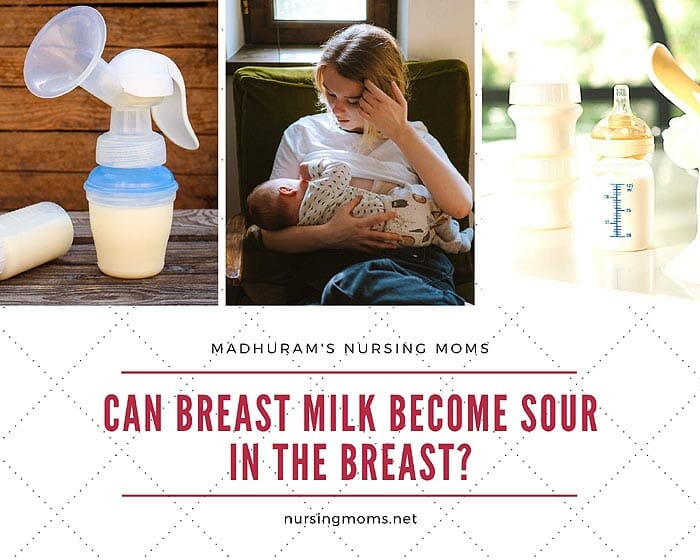
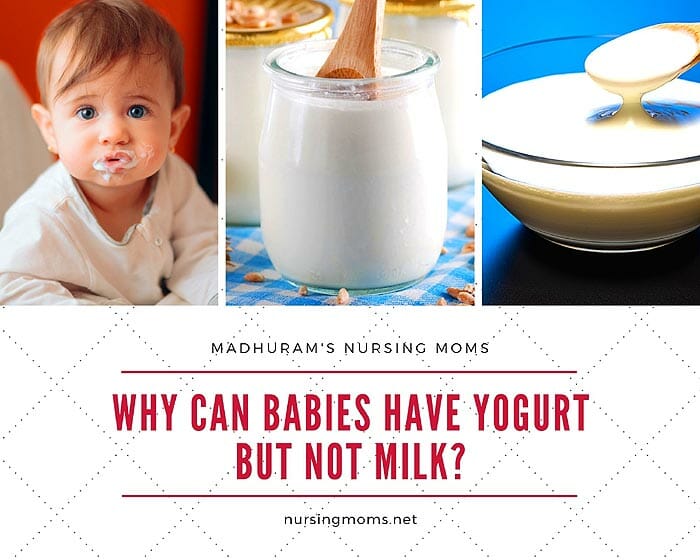
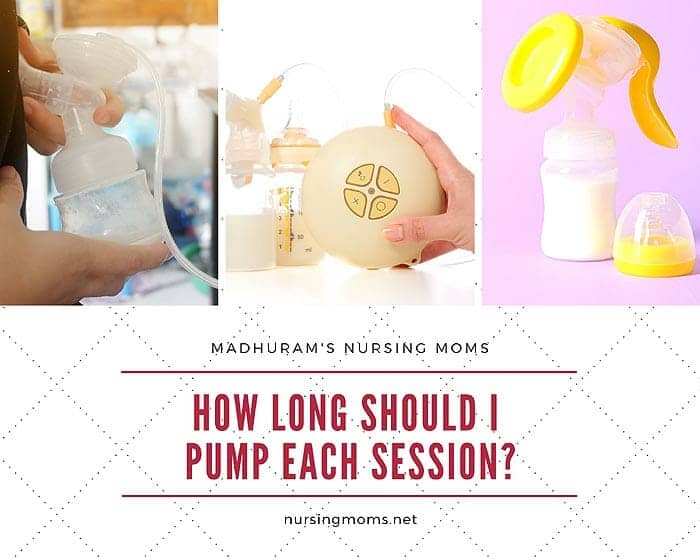
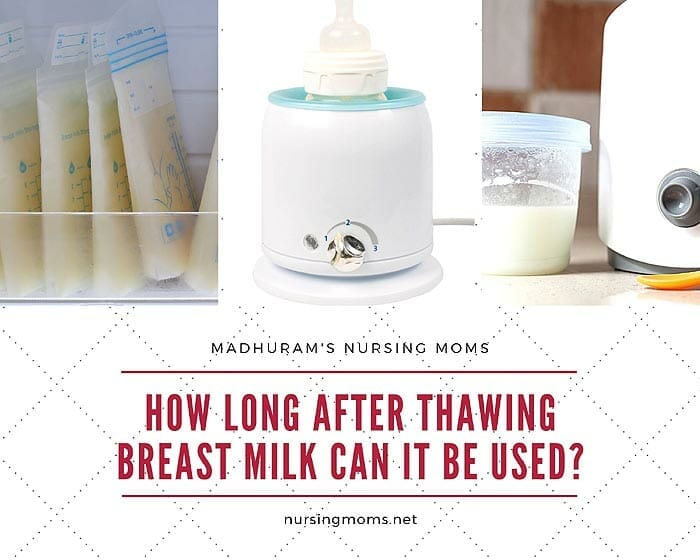
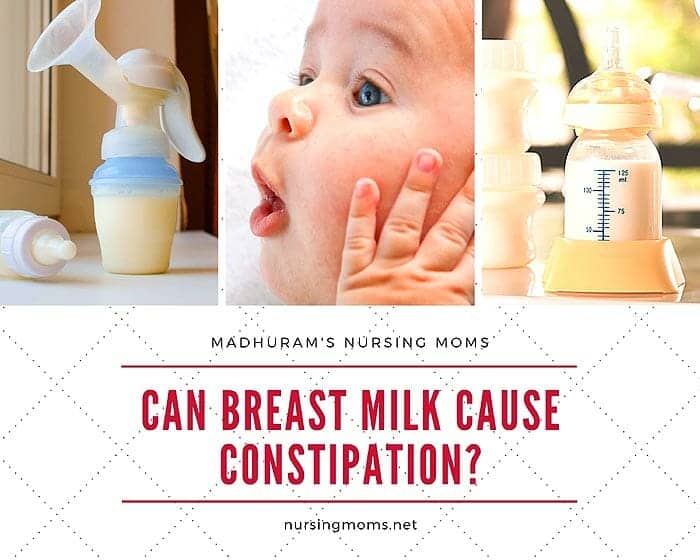
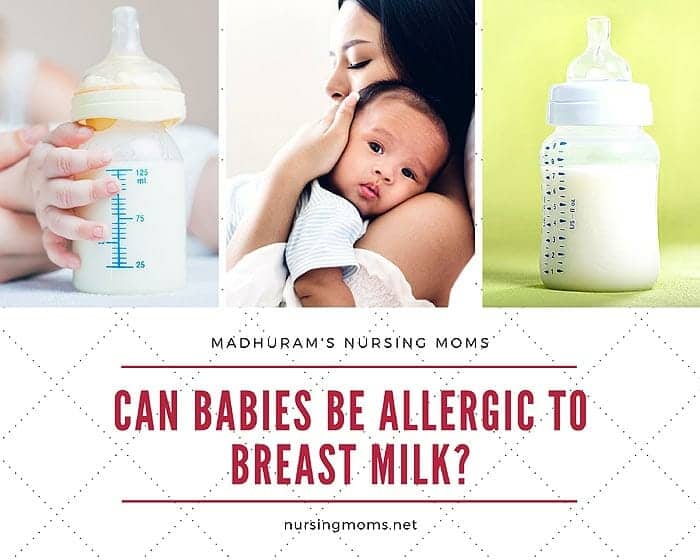
Leave a Reply